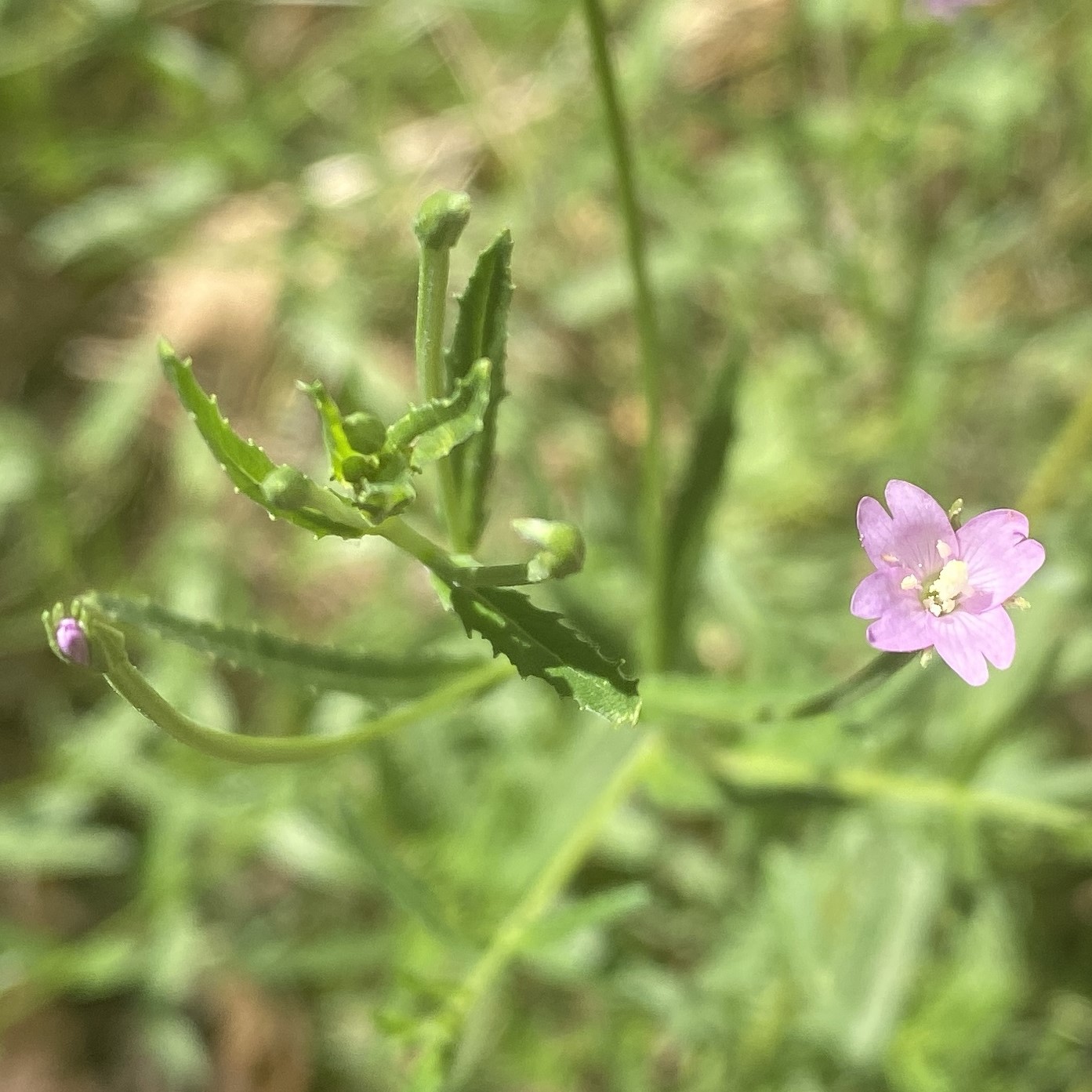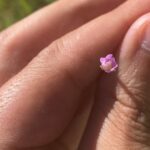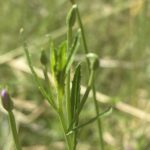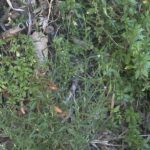Επιλόβιο του λάμι
Etymology of Epilobium lamyi
"Epilobium" comes from the Ancient Greek "επί+λοβός" [epi+lovos], which means "upon a lobe/pod/capsule" as the flower and capsule appear together, the corolla being borne on the end of the ovary. The specific epithet "lamyi" in Epilobium lamyi most likely honors Jean-Nicolas Lamy (1770-1840), a French botanist. Epilobium lamyi was first described by Friedrich Wilhelm Schultz in 1844. Jean-Nicolas Lamy was active as a botanist in the late 18th and early 19th centuries, making him a contemporary whose work would have been known to Schultz.
The Epilobium genus in Cyprus
At least seven Epilobium taxa grow in Cypriot nature, all of them quite uncommon or rare.
Epilobium lamyi in Cyprus
Epilobium lamyi mostly appears in central mountainous Cyprus, at low altitudes, between 300-575 meters. It primarily grows near streams, even if they are dry. Its flowering period is between May and July. The sample pictures show specimens photographed in Agios Therapon village, Limassol district, at an approximate altitude of 475-500 meters.
Key morphology characteristics of Epilobium lamyi
Stem
Epilobium lamyi, sometimes considered a subspecies of Epilobium tetragonum, typically grows to a height of 30 to 80 cm. This species often exhibits significant branching. A key characteristic is the distinct pubescence of the upper stem, which is soft, hairy, and grey in color. The stem itself is non-compressible and features 2 to 4 salient lines running along its length. In some instances, the stem may be round at the base and become more square towards the apex.
Leaves
The leaves of Epilobium lamyi are predominantly opposite in arrangement, but can transition to alternate in the upper stem and inflorescence region. They are thin, bright green, and narrowly lanceolate in shape, with denticulate (finely toothed) margins. The median leaves are pubescent, particularly along the margins and on the lower surface of the veins. These leaves are borne on short petioles measuring 0.5 to 2 mm in length and are either not decurrent or only very slightly so. The midrib on the lower side of the upper stem leaves is also hairy. The overall color of the leaves can be bright green or sometimes greyish-green.
Flowers
The flowers of Epilobium lamyi are quite small, measuring only 3 to 5 mm in diameter. They are pink in color. The flowers are arranged in an elongated panicle and are supported by short pedicels. The petals are described as slightly exceeding the calyx and are arranged in an erect manner within the elongated panicle. The petals are bilobed at their apex and have a cruciform (cross-shaped) appearance. The stigma of Epilobium lamyi is entire and club-shaped, a significant feature that distinguishes it from species with 4-lobed stigmas. The anthers are relatively small, measuring 0.7 to 1.1 mm in length.
How to identify Epilobium lamyi
Epilobium lamyi reveals similarities with several Epilobiums of Cyprus. Here we compare the five of them to better help you identify Epilobium lamyi among others:
Epilobium parviflorum is identified by its densely hairy stem and leaves, small (but not the smallest) pink-purple flowers with deeply notched petals, and a 4-lobed stigma that may sometimes appear club-shaped, like that of Epilobium tetragonum. Epilobium lamyi stands out with its soft-hairy-grey upper stem, pubescent median leaves with short petioles, very small lilac-pink flowers (the smallest of the Cyprus Epilobiums ranging from 3-5 mm in diameter) arranged in an elongated panicle, and an entire, club-shaped stigma. The presence of long petioles on its lance-shaped leaves, coupled with white flowers that fade to pink and a 4-lobed stigma, are key features of Epilobium lanceolatum. Epilobium tetragonum is perhaps the most distinctive due to its square stem with four raised ridges, along with its hairless, decurrent stem leaves and undivided, club-shaped stigma, which does not elevate above the anthers. Additionally, compared to the other species mentioned in this paragraph is it is the only one with a sessile upper leaf stalk (upper stem leaves, not the inflorescence leaves). Finally, Epilobium tournefortii is characterized by its robust habit, terete stem with appressed hairs, petiolate upper leaves with short petioles, large rose-purple flowers, and an entire, clavate stigma elevated above the anthers.






